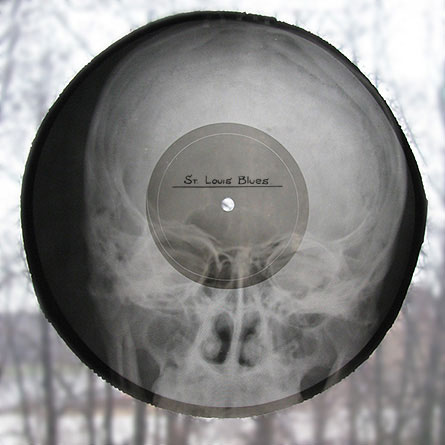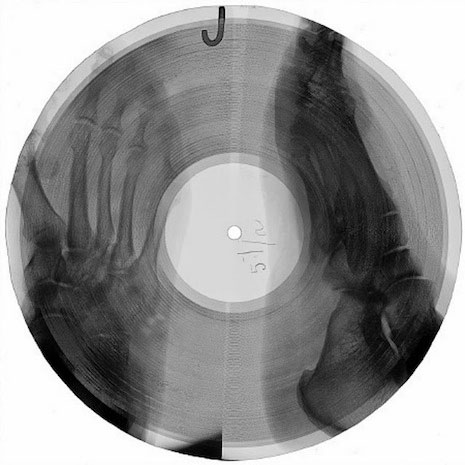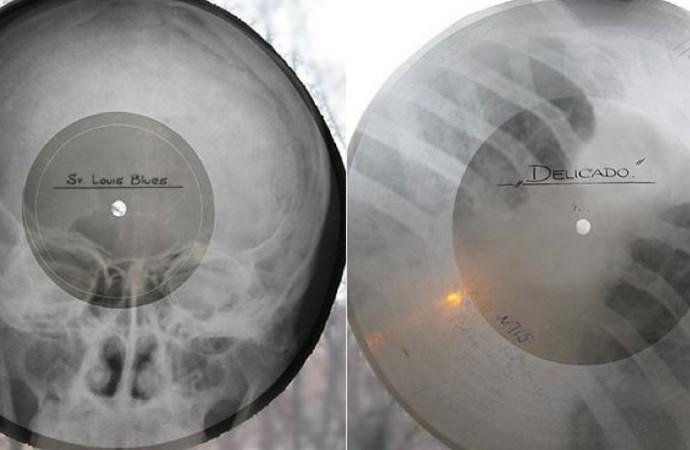The years after the Second World War were hard in Spain and the countries of the East. The situation was more critical in the “iron curtain“ countries, because there was a cultural and musical isolation from everything that came from the capitalist countries, and more specifically from the United States.
The enormous influence that Anglo-American music culture has exerted on the world has faded in these times of globalisation, but its industry remains intact and the major management agencies and record labels continue to operate in English-speaking territories. But there was a time when this influence was skewed by censorship, mainly in the communist countries of Eastern Europe.
But it is a well-known fact that creativity thrives in times of crisis and curtailment of freedom. And this is what happened in the 1940s and 1950s in certain countries, such as Hungary and the USSR. The communist party guidelines forbade the population to obtain cultural and musical material from European and American capitalist countries. And, although this prohibition existed, when people want to know something, there is no border or decree that can stop them. The best example, nowadays, is the illegal downloading of music, books, films…

In the 1940s, the modern music listened to in Western countries was jazz. Early acetate records were difficult to obtain because of their high price in the communist market and because of severe customs controls, although these controls were laxer outside the Soviet Union. Hungary may have been the port of entry for these clandestine recordings. Once these first copies were acquired, the best and cheapest way to copy and distribute this material was to use the discarded X-ray plates of anonymous people in hospitals. And by the same mechanism that was used to record voice messages on souvenir postcards, they cloned these first clandestine jazz records. These X-ray discs were called roentgenizdat. Their life was not very long, lasting only a few months, compared to the quality of life of vinyl, but their low cost made them very popular.

This underground market was widespread in the communist countries until the end of the 1950s. In 1959, the communist party set up the “music patrols” and thus managed to dismantle the largest organisation for the distribution and sale of this material. But at the end of the 1960s, cassettes burst onto the scene and this led to a new pirate market, the so-called “magnitizdat”. Today, X-ray discs, or roentgenizdat, are highly valued by record collectors.












No one has posted any comments yet. Be the first person!